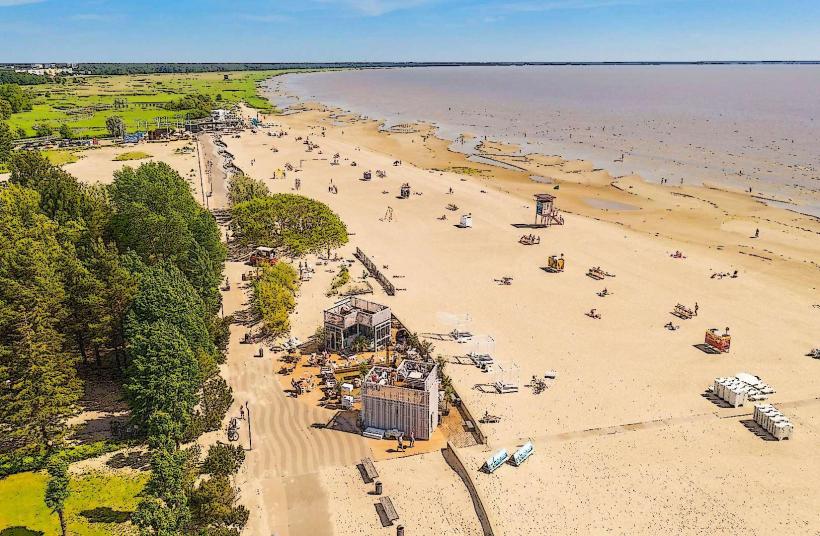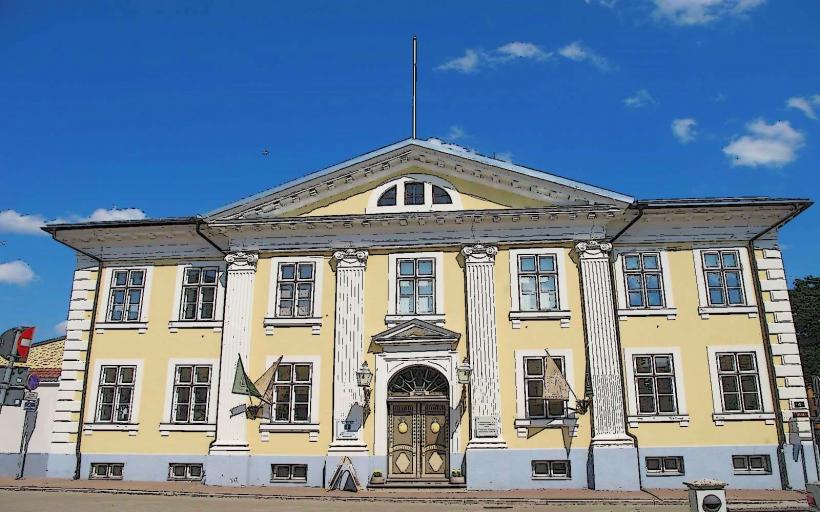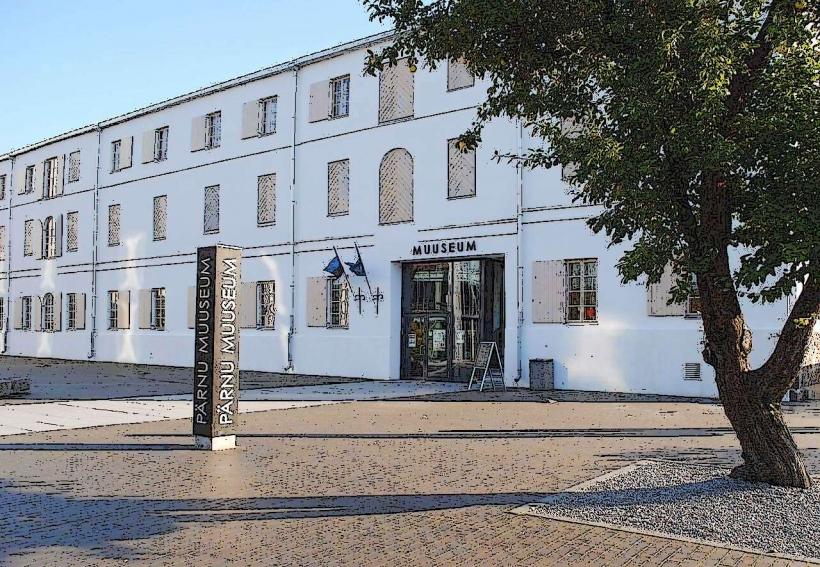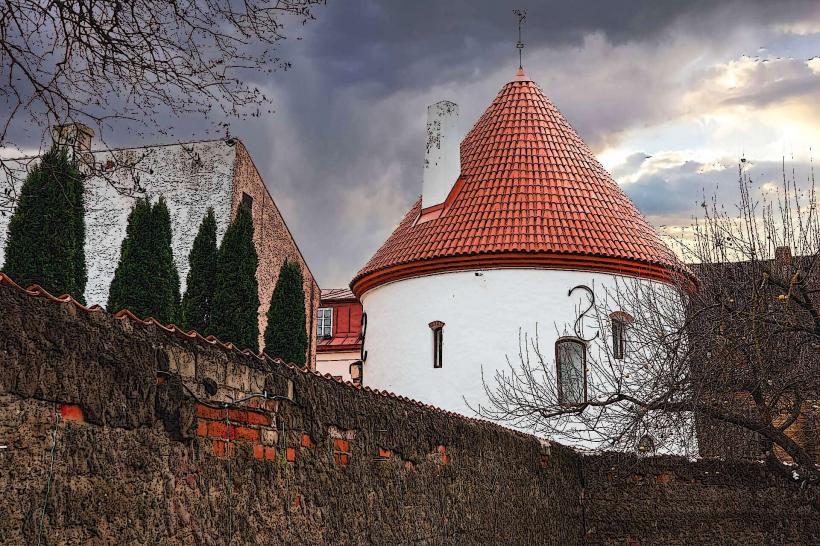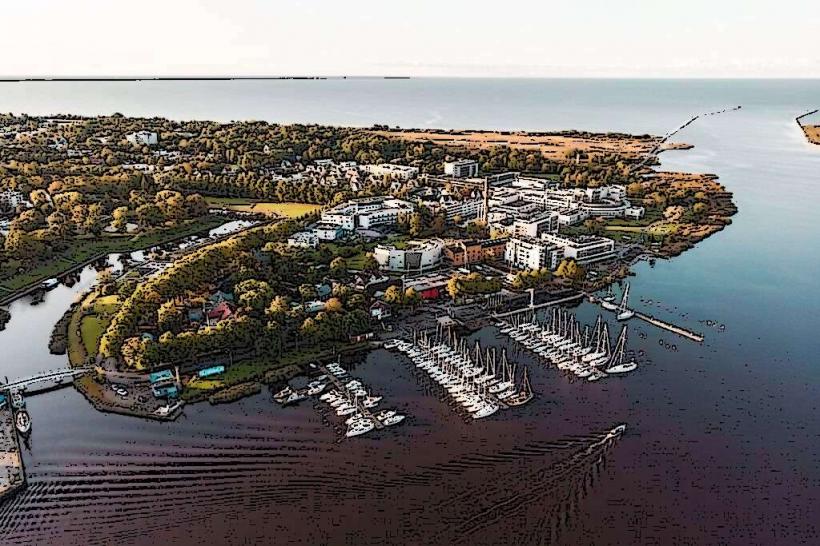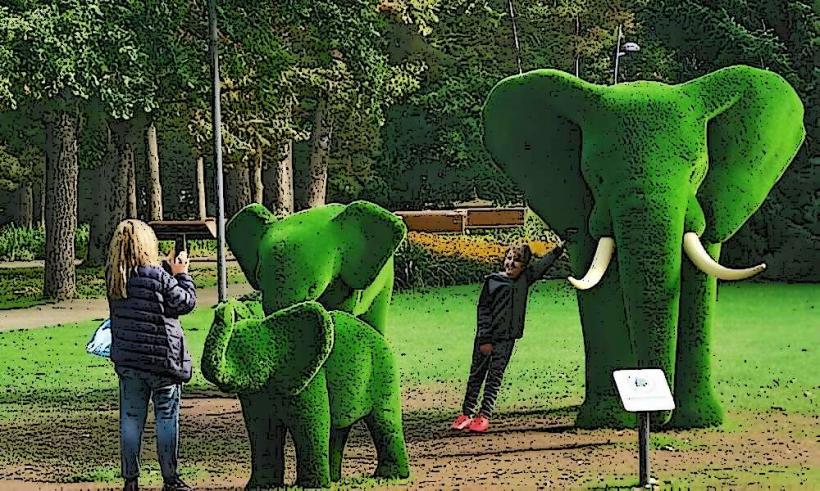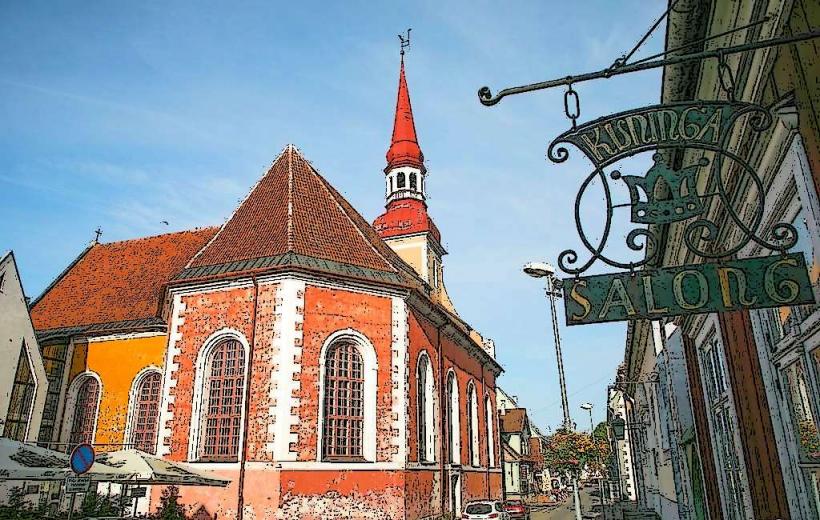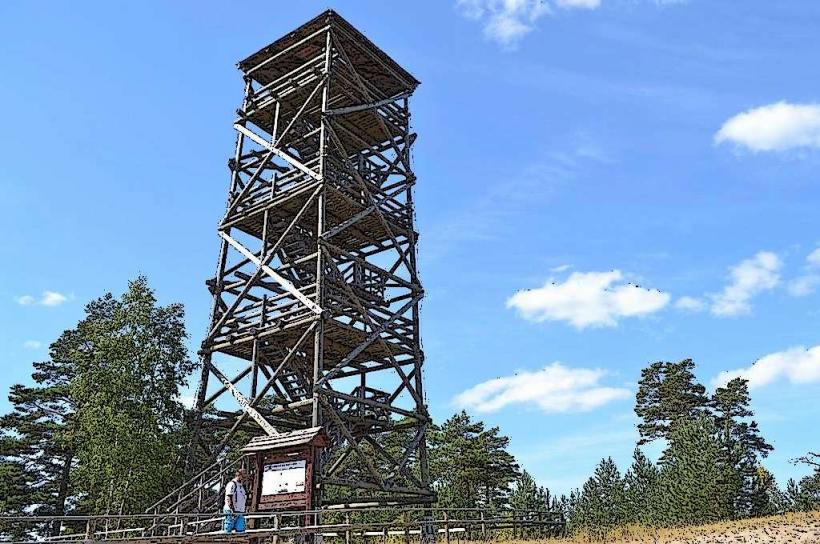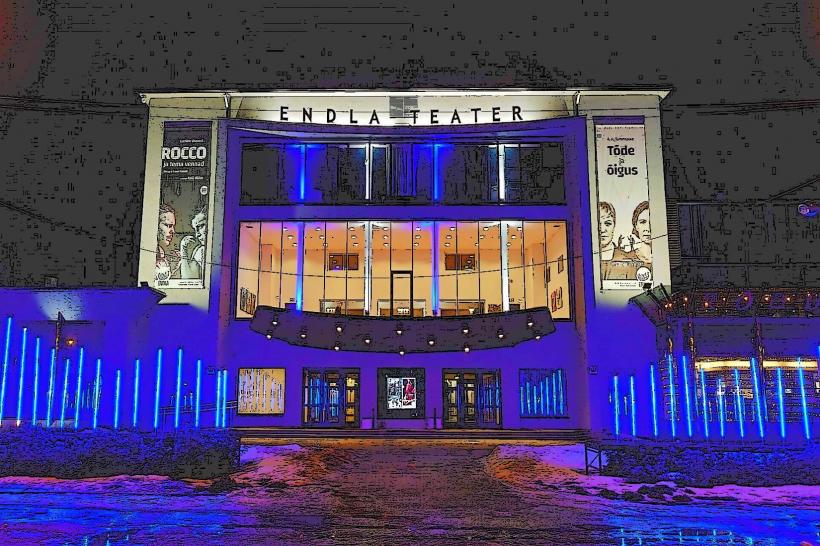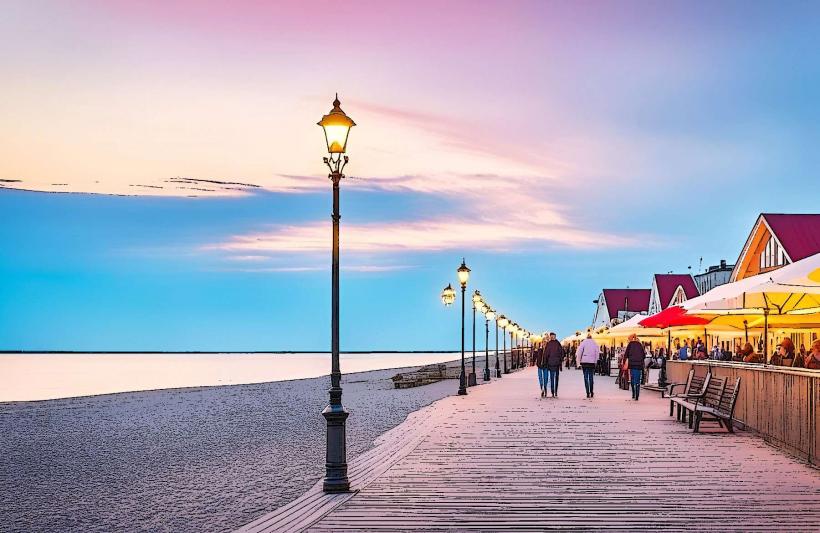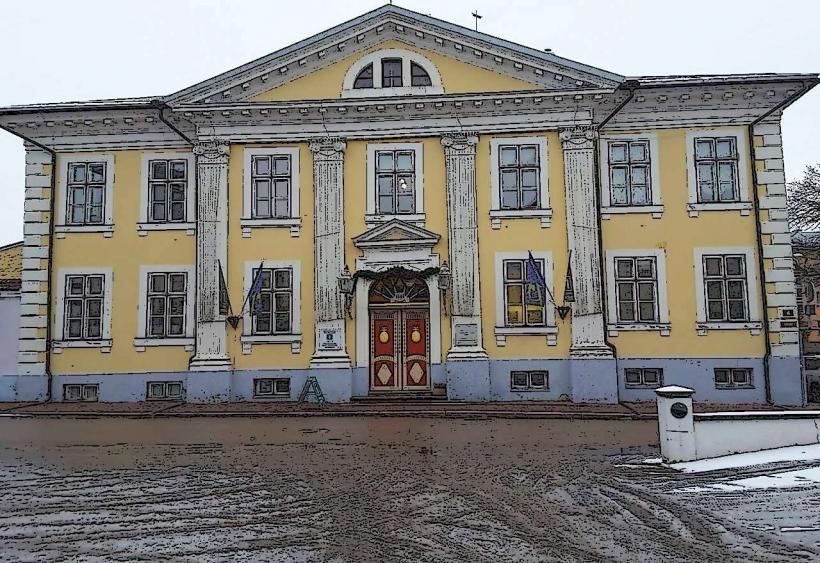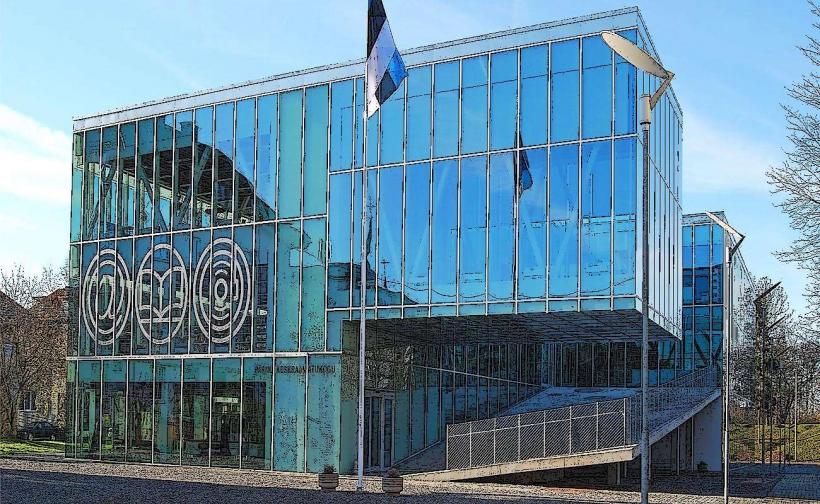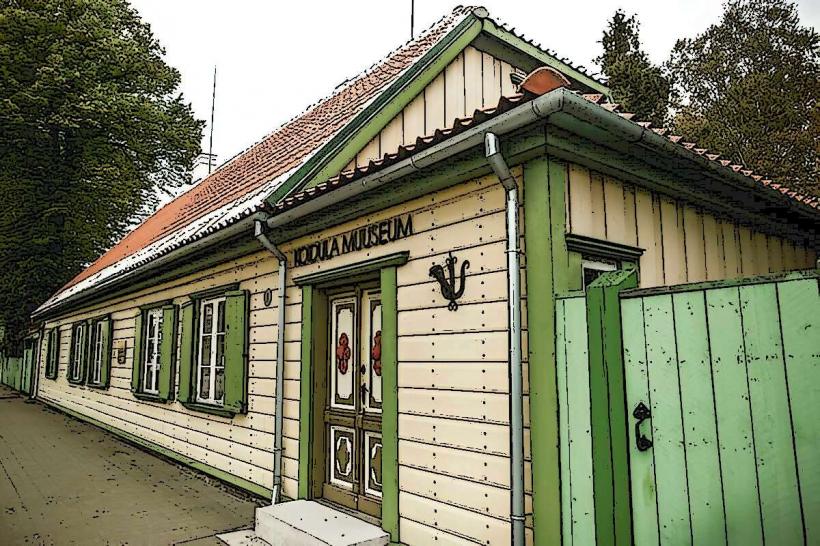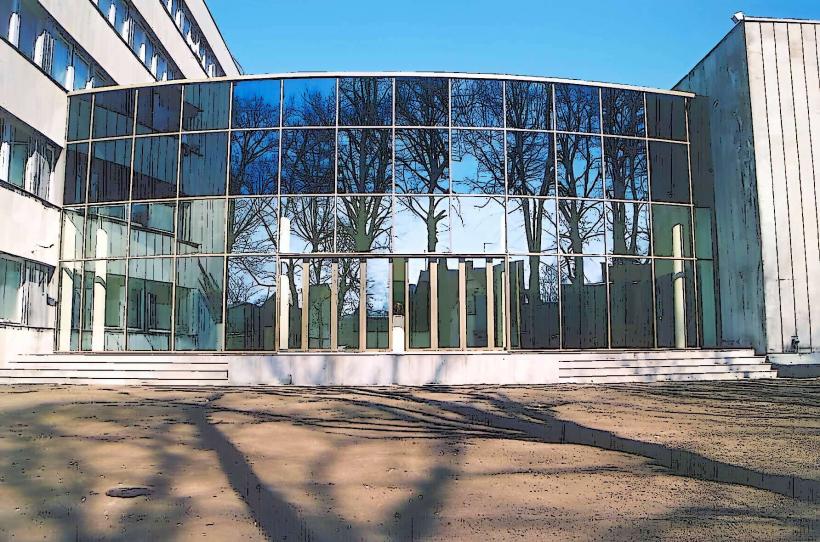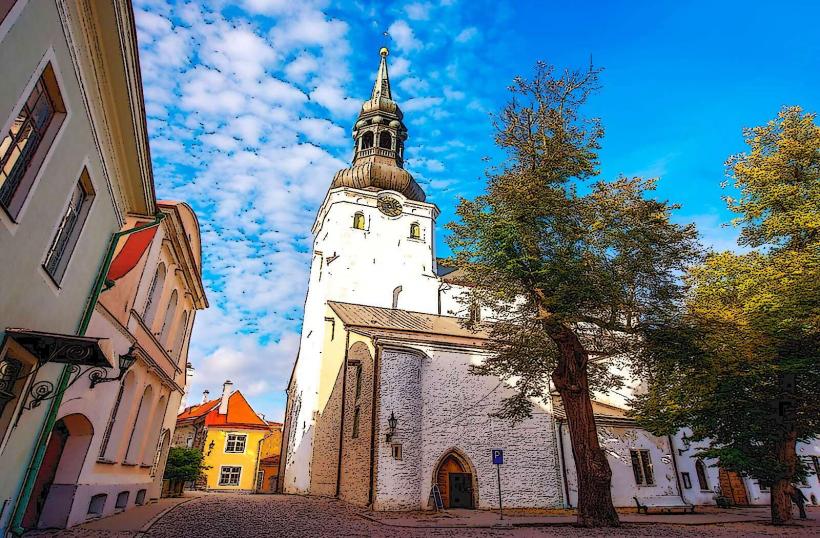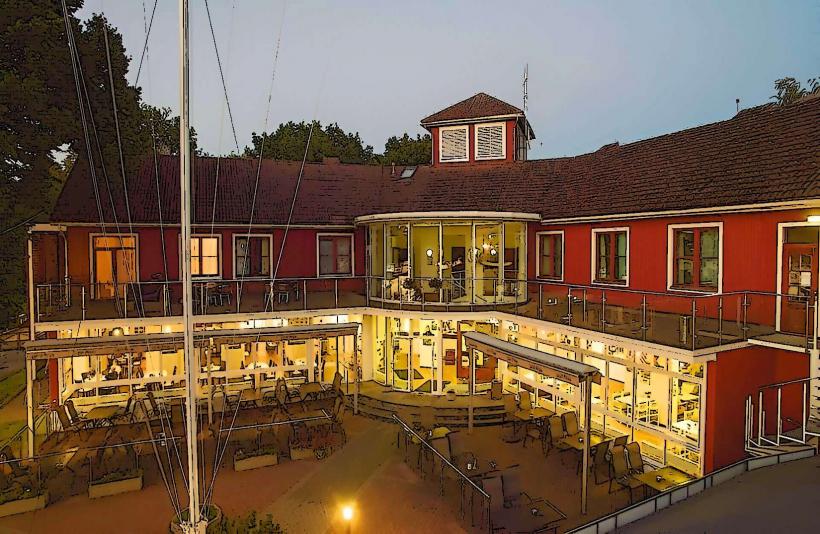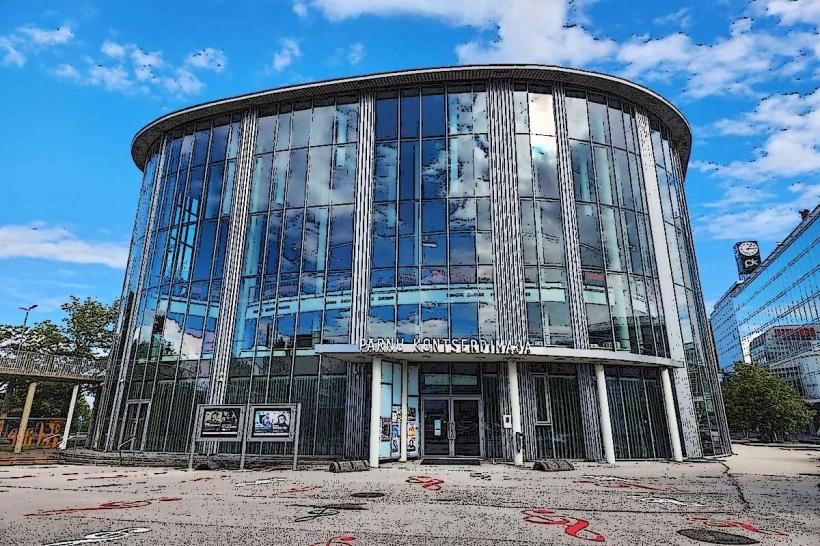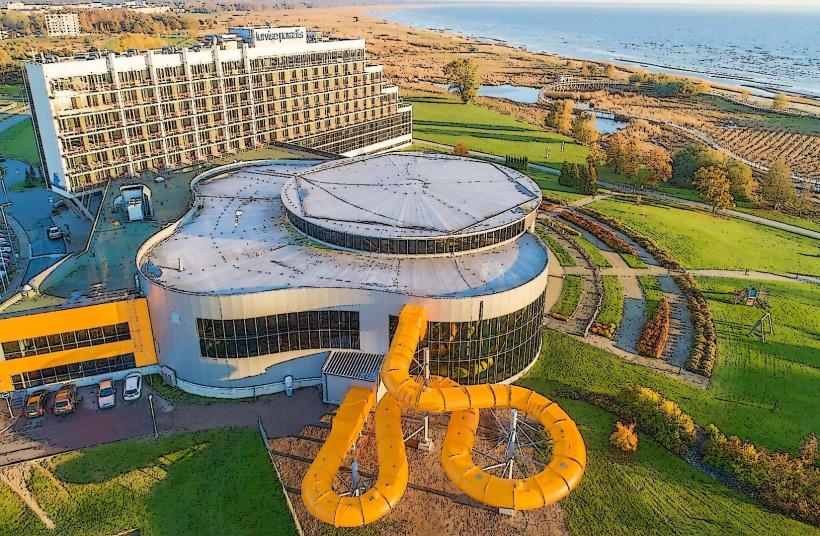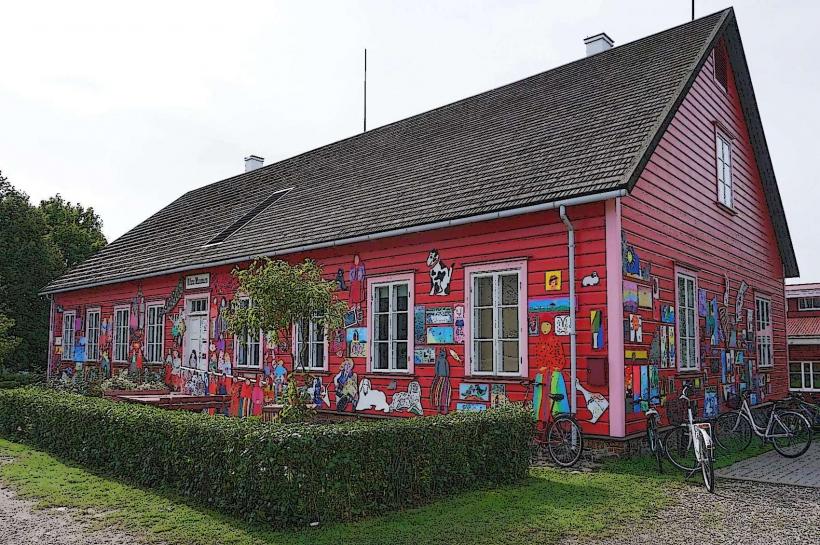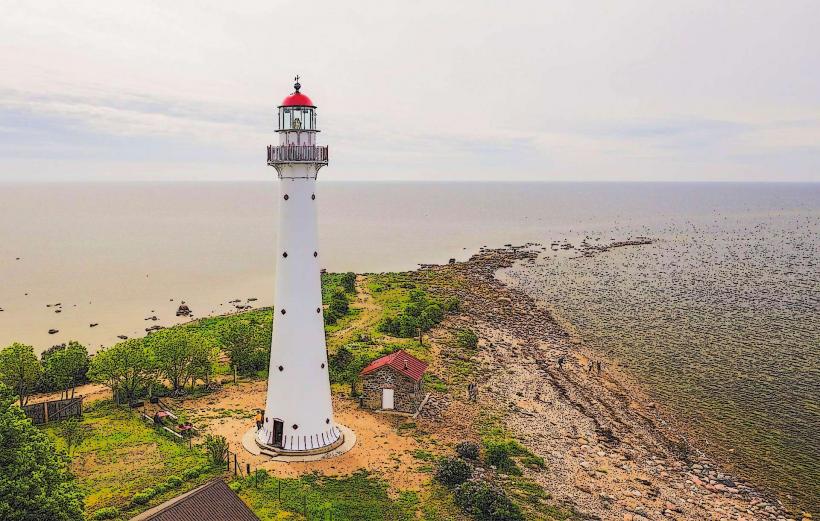Information
Landmark: Vana-Pärnu MansionCity: Parnu
Country: Estonia
Continent: Europe
Vana-Pärnu Mansion (Vana-Pärnu mõis) is a historical manor located in Pärnu County, Estonia, not far from the city of Pärnu. The mansion is notable for its cultural significance, historical architecture, and serene surrounding landscape, offering a glimpse into Estonia's aristocratic past and the lifestyle of the landed gentry in the region.
1. Historical Background
- Origins: The Vana-Pärnu Mansion dates back to the 17th century. Originally, it was part of a larger estate that belonged to the Baltic German nobility, who were significant landowners in the region at the time. The manor was part of the area’s economic and agricultural development, which centered around large agricultural estates.
- Ownership History: Over the centuries, the mansion passed through various owners, many of whom were part of the Baltic German aristocracy. The estate played an important role in the economic life of the region, with the mansion serving as the residence of the manor's lords and the center of the surrounding agricultural activities.
- Impact of Wars: Like many manors in Estonia, Vana-Pärnu Mansion was affected by wars and social upheavals. It suffered damage during the Estonian War of Independence and later during the Soviet era.
2. Architecture and Design
- Building Style: The mansion is designed in the Baroque style, a common architectural feature for estates from this period. The main building, which is often described as the "dwelling house" of the manor, is characterized by its classical lines, wide windows, and decorative details typical of aristocratic estates of the 17th and 18th centuries.
- Renovations and Changes: Over the centuries, the mansion underwent several renovations and additions, which have altered its original appearance. However, many elements of the classical style remain intact, providing insight into the grandeur of the estate’s past.
- Landscaped Gardens: The surrounding park and gardens are an important feature of the mansion. The gardens were originally designed in a formal style, typical of the period, with symmetry and alignment that reflected the grandeur and order of aristocratic life. Today, these gardens remain an attractive feature of the property, offering a glimpse into the cultural aesthetics of the time.
3. Current Usage
- Cultural and Event Space: Today, Vana-Pärnu Mansion functions as a cultural venue and is often used for various events such as concerts, exhibitions, and cultural gatherings. It has been carefully preserved, and some of its rooms are open to visitors, allowing them to explore the mansion's history and architecture.
- Tourism: The mansion is also open for visitors who are interested in Estonia’s history and the architectural legacy of its aristocratic estates. Tourists can explore the grounds, visit the manor house, and learn about the history of the estate and its role in the local community.
- Educational Programs: The mansion is sometimes used for educational purposes, offering programs that focus on Estonian history, architecture, and culture, particularly the heritage of the Baltic German aristocracy in Estonia.
4. Significance in Local History
- Economic and Social Impact: The estate played a significant role in the development of the Pärnu region, particularly in the agricultural sector. The manor was not only a home for the nobility but also an administrative and social center for the workers and farmers who lived on the estate.
- Cultural Heritage: The mansion contributes to understanding the cultural heritage of the region, particularly the history of the Baltic German influence on Estonian society and culture. The manor is an important piece of local history, providing a connection to the past for both Estonians and visitors interested in the region’s historical context.
5. Visitor Experience
- Exploration: Visitors can tour the mansion and its surrounding grounds, taking in the historical architecture, gardens, and views. The manor house features various rooms that reflect the historical design of the estate, showcasing period furniture, artworks, and decor.
- Events and Activities: The mansion hosts a range of events throughout the year, including classical music concerts, art exhibitions, and theatrical performances. These events offer visitors the chance to experience the mansion in a modern cultural context, while also reflecting its historical heritage.
- Peaceful Atmosphere: The mansion is set in a tranquil environment, surrounded by nature, making it an ideal place for visitors looking to experience the beauty and calm of the Estonian countryside.
6. Accessibility and Location
- Pärnu County: Vana-Pärnu Mansion is located in Pärnu County, which is easily accessible from the city of Pärnu, one of Estonia’s major cultural hubs. Visitors can reach the mansion by car or public transportation from Pärnu, which is about a 15-minute drive away.
- Surrounding Landscape: The mansion is set amidst lush green forests and tranquil gardens, offering visitors the chance to explore the natural beauty of the region. The peaceful surroundings also make the estate a great spot for those interested in nature walks or photography.
7. Conclusion
Vana-Pärnu Mansion is a significant cultural and historical site in Pärnu County, Estonia. Its rich history, beautiful Baroque architecture, and tranquil gardens make it a noteworthy destination for those interested in Estonia’s aristocratic past and the local heritage of the region. Today, the mansion serves as a center for culture and tourism, offering visitors a unique opportunity to experience the elegance of Estonia's historical estates while exploring its evolving cultural landscape.

